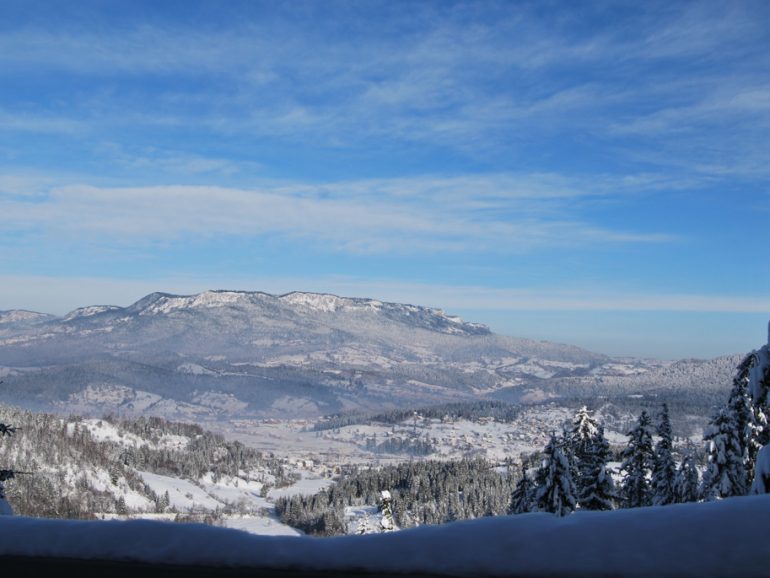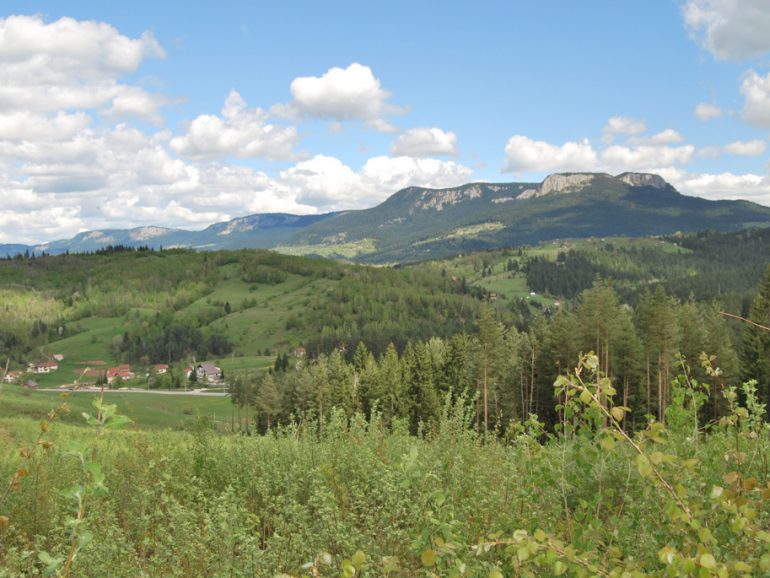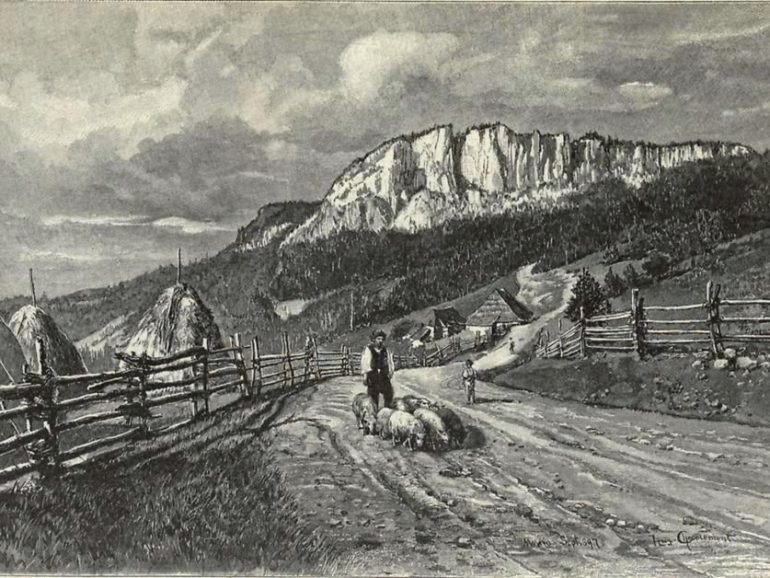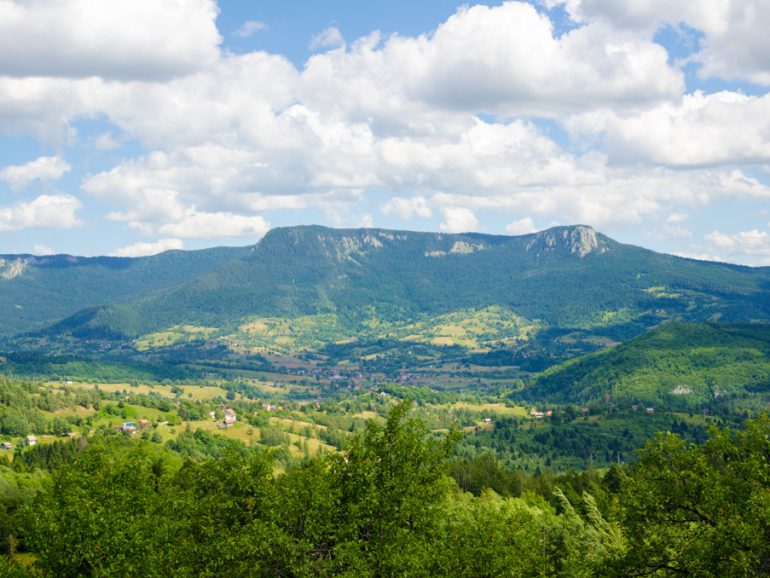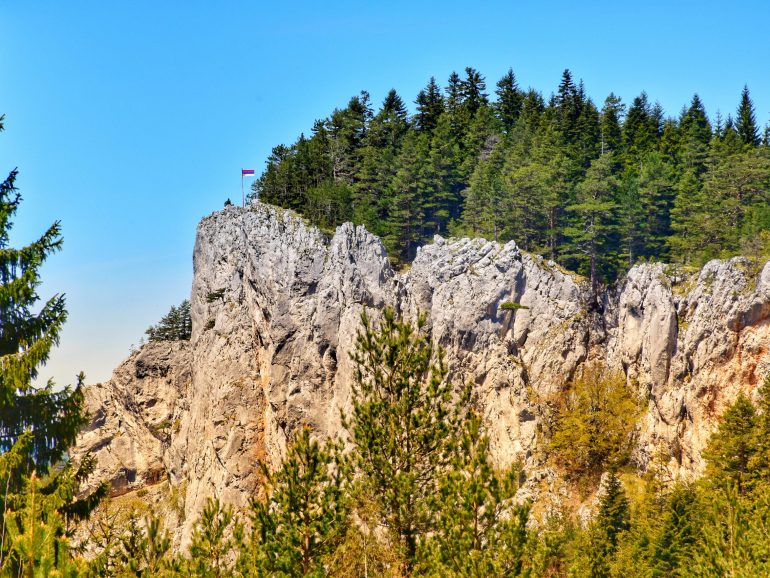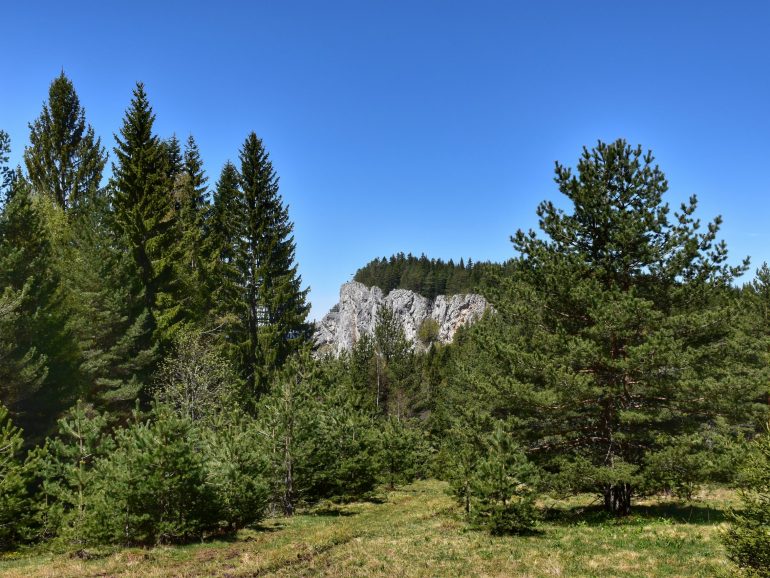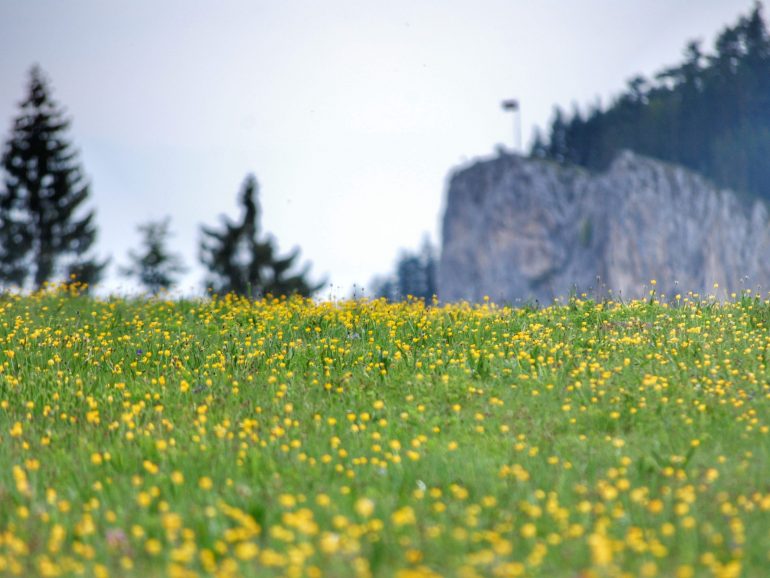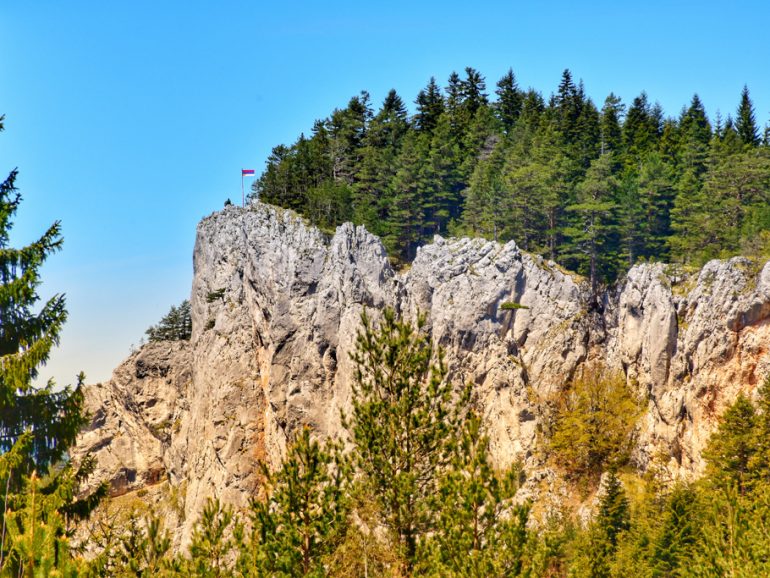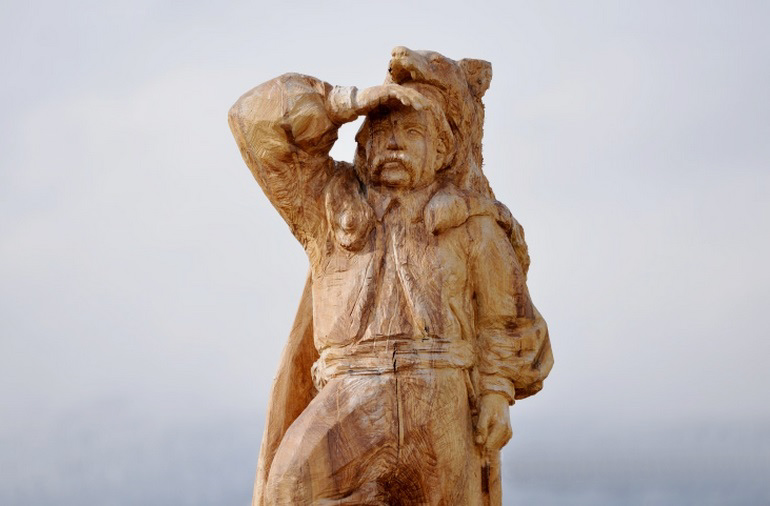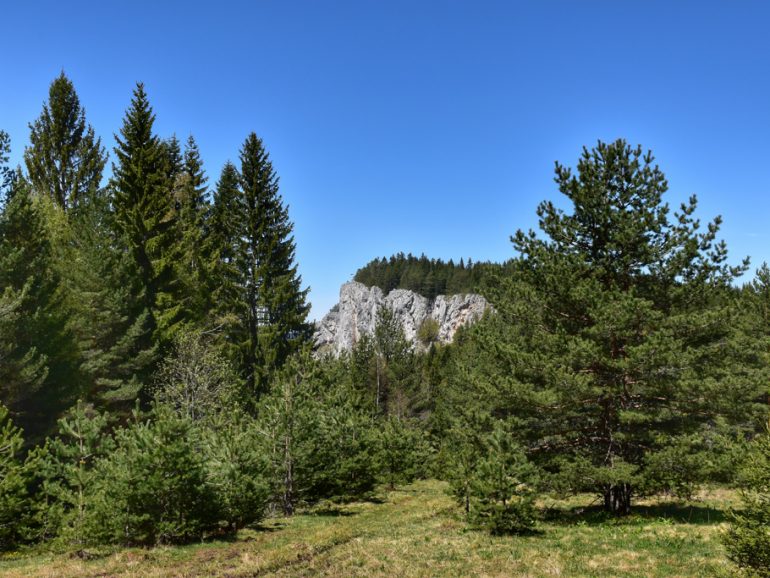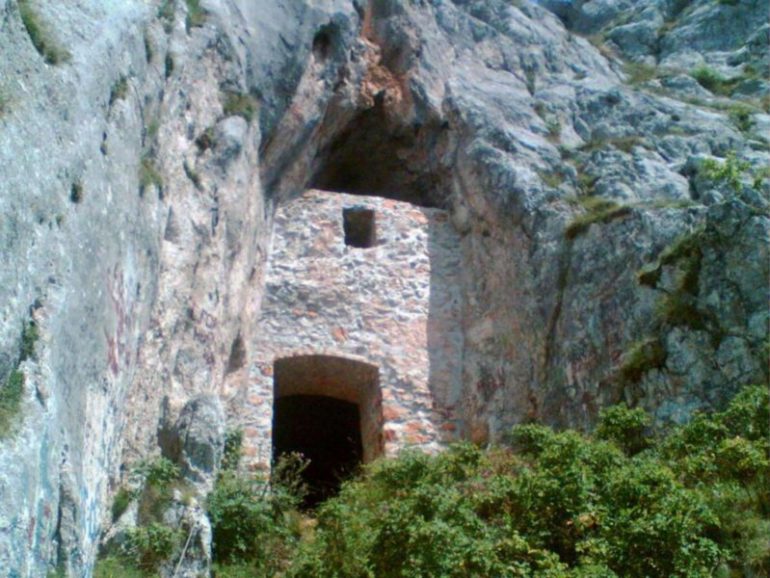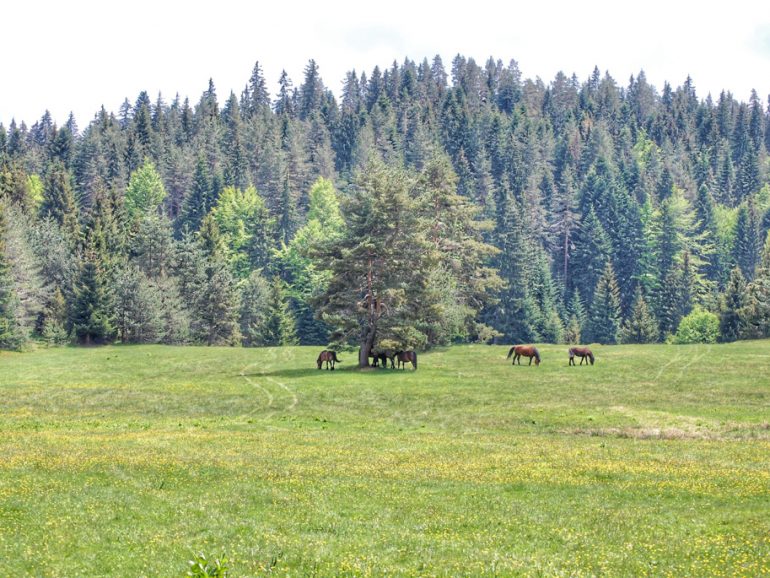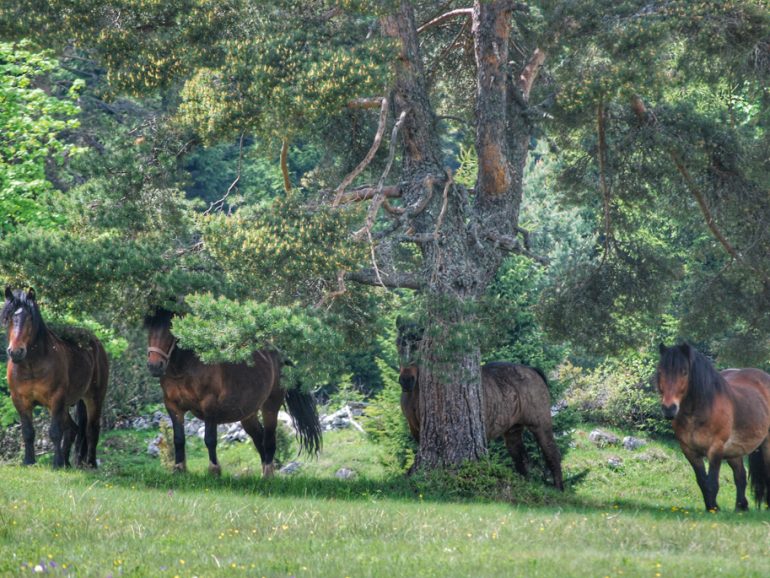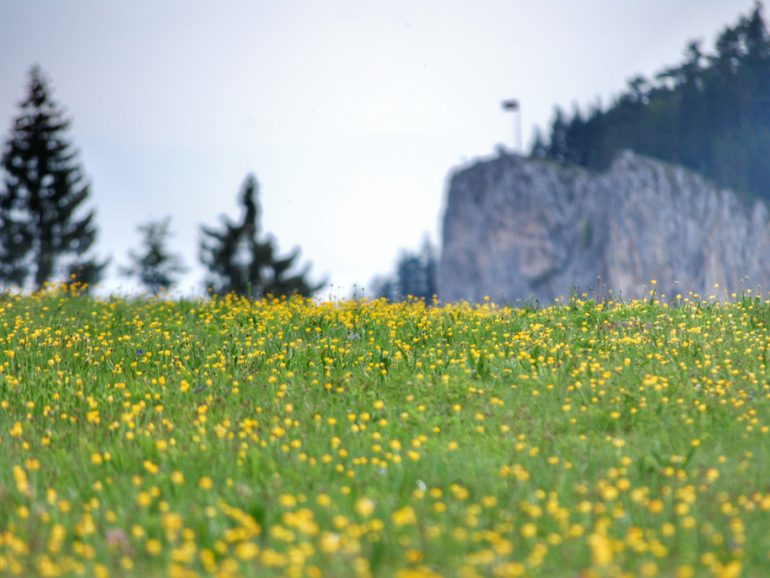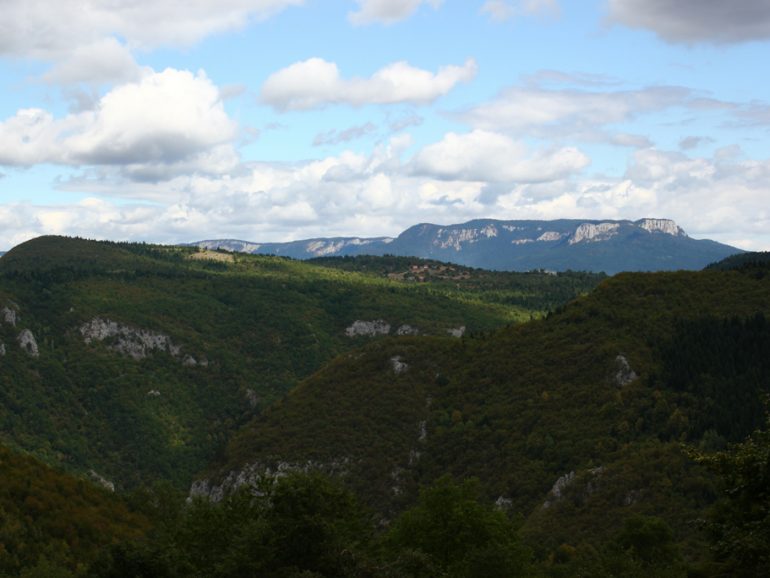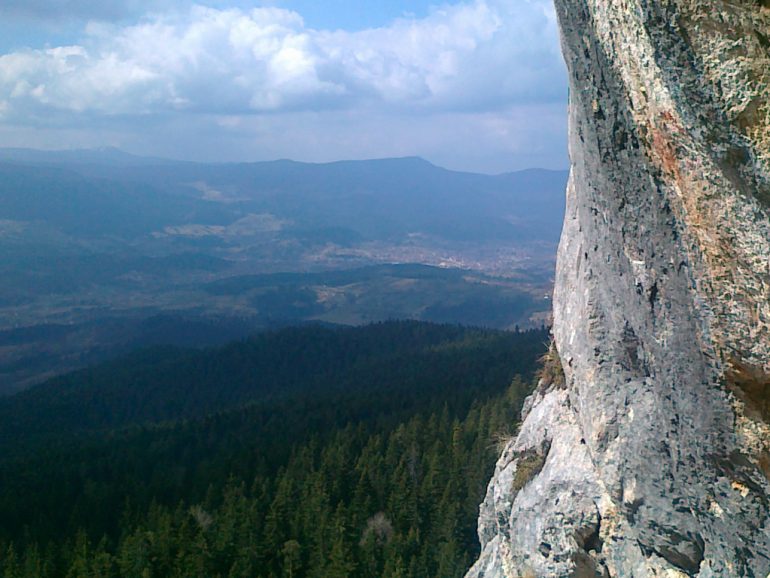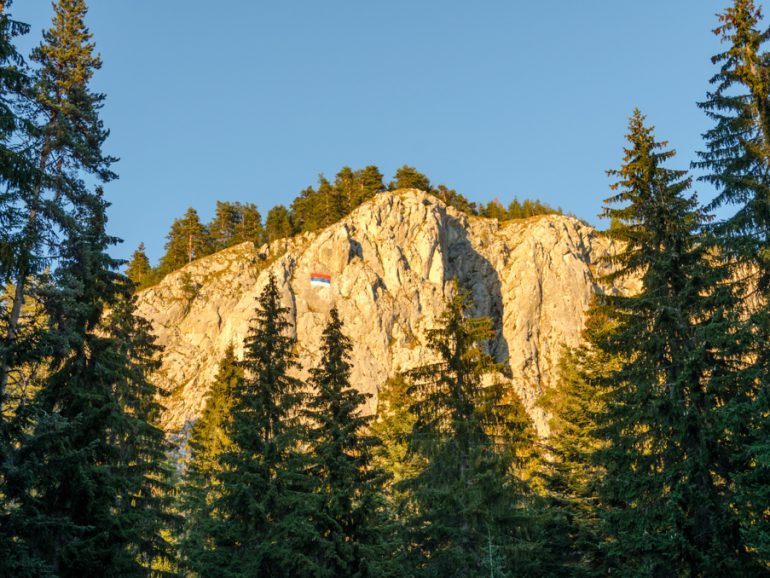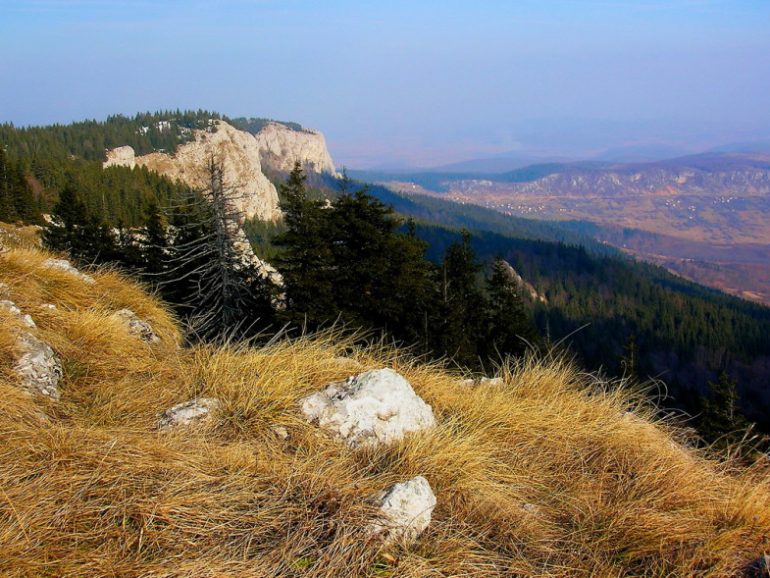Romanija is a mountain that inherits a rich history, and is also known as Hajdučka gora because of the stories and epic songs that can still be heard today. Etymologically, Romanija literally means the land of the Romans (or Romei). This name is believed to have originated in the early Middle Ages. At the end of the 19th century, when building a road on Glasinac, the Austro-Hungarians found numerous remains of Roman buildings. The famous Glasinac cart, earrings and remains of weapons were also found in the excavations. This accidental archeological discovery on Glasinac has attracted the attention of the entire scientific world. According to assumptions, one of the Roman fortifications was located near the town of Buđ on Romanija. This area, all the way to Goražde and the Drina, abounds in numerous remains of Roman culture that are still insufficiently explored.
ROMANIJA
Romanija
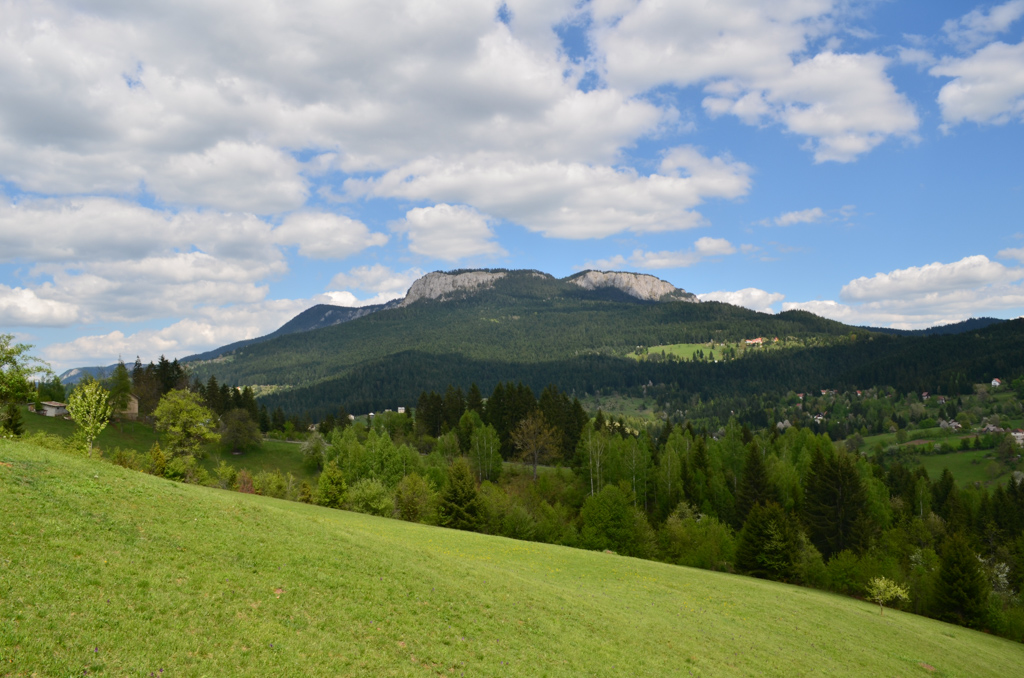
With the arrival of the Turks in this area, Romanija became the cradle of hajdučija (‘Banditry’). Hajdučija was active on Romanija until the end of the 19th century. The most famous hajduk from Romanija is certainly Starina Novak, whose cave is today a historical and tourist attraction of the municipality of Pale. Novak’s cave is located at 1,550 m above sea level, and it can be reached mainly by mountain paths which are today marked and secured (it is not recommended to tour without expert knowledge or a guide). The cave is about 10 m deep and up to 7 m high, and it is assumed that it was used by the Illyrians, Celts, Romans and Slavs. Below Novak’s Cave there is Novak’s Field – a glade ideal for camping. Every year, St. George’s Day dawn is organized on this glade, and Novak’s Spring (source of mountain pure water) is nearby.
Beneath the Romanija rocks is the Imperial Road, which in the Middle Ages led from Sarajevo through the Pale and Glasinac fields towards the Drina and further to Constantinople. On the way a spring was erected and built, which the people call Careve vode (the Emperor’s Waters). This is certainly the most famous spring in the wider belt. Once upon a time, Careve vode was a resting place for numerous caravans that stopped to refresh themselves with cold Romanija water. The road across Careve vode was usually not safe for the Turks. The caravans were attacked by hajduks who even approached the confluence of the Pale and Mokro Miljacka, so the Turks formed caravan protection units in Sarajevo called Derbendžije. Derbendžije provided narrow passages and protected caravan roads, so the place Derventa, a few kilometers from Pale towards Sarajevo, was named after them.
The highest point of Romanija is Veliki Lupoglav with an altitude of 1,652 m. On the west side above Mokro there are famous Crvene stijene (the Red Rocks), and in 2002, the church of the Holy Great Martyr George was built on Ravna Romanija. The main road that passes from Pale to the places along the Drina river and further towards Serbia passes through Romanija itself. The whole mountain is rich in mostly evergreen forest.
MORE INFORMATION
PED “Romanija”
+387 66 929 005
 Podcast 2 from Jahorina – How to improve your skiing techniqueFebruary 9, 2021
Podcast 2 from Jahorina – How to improve your skiing techniqueFebruary 9, 2021 Illuminated hiking trail on JahorinaFebruary 9, 2021
Illuminated hiking trail on JahorinaFebruary 9, 2021 Skiing on Jahorina, Bjelasnica, Ravna planina and Vlasic with one ski passFebruary 9, 2021
Skiing on Jahorina, Bjelasnica, Ravna planina and Vlasic with one ski passFebruary 9, 2021 Teqvoly Winter Cup on JahorinaFebruary 9, 2021
Teqvoly Winter Cup on JahorinaFebruary 9, 2021
Turistička organizacija opštine Pale 2020 - Sva prava zadržana
Kontakt      
 
 

